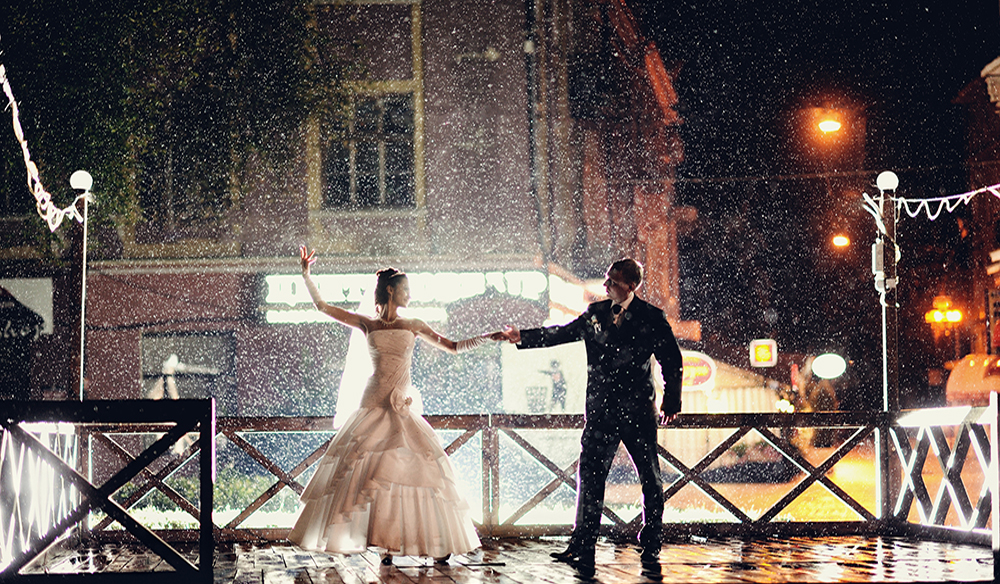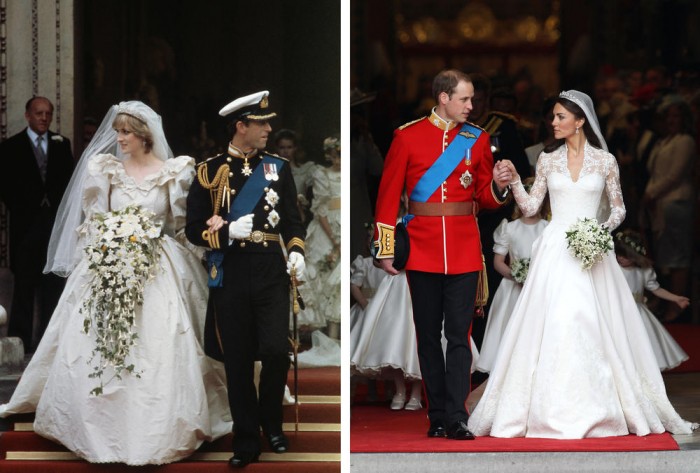Importance of Getting the Right Music for Your Wedding Video
Your wedding video captures all the most cherished moments of your big day – from the morning’s preparations to the walk down the aisle, the looks on the faces of family members, the cutting of the cake, and the magic of your first dance.
The footage captured also allows you to get glimpses of the day that you would have missed otherwise: a sweet moment among the bridesmaids, your now other-half nervously waiting outside the church, about to enter, or the surreptitious tears of joy shed by the father-of-the-bride as he watched his daughter say her vows.
When something’s this important, everything has to be perfect. This means making sure you choose the very best, most suitable soundtrack for your wedding video. Here’s how to match the music with the action perfectly, so you’ll have a beautiful film to treasure forever.
1 Match the Music to Your Personalities
Ultimately, your wedding video’s soundtrack should reflect your shared and individual personalities and your dynamic as a couple. The key focus should always remain on creating a video that you love and is expressive of your unique tastes and preferences.
To this end, don’t feel pressured to include lots of slow acoustic ballad-type music if, as a couple, you’re huge fans of jazz. Find songs in the genre you both love that will also fit with what’s happening and the emotional resonance of the different parts of the video.
Using royalty-free music is a cost-effective way of finding exactly the type of tracks you love. There are vast libraries of songs and instrumental pieces that you can use in your video without breaching any licensing laws.
2 Choose Music that Supports the Story
Careful editing will result in your wedding video flowing seamlessly, like a beautiful story unfolding. Putting a soundtrack together that parallels the running of this story is one of the best ways to create the perfect video.
To this end, rather than thinking of the music in terms of individual tracks, think of it as a complete piece, with a beginning, middle, and end that upholds and emphasizes the action happening on screen.
The right song can help make the transitions from one scene to another both smooth and impactful – more on this below. For inspiration, look at a few trailers for romantic movies, paying attention to the flow of the soundtrack and how it affects mood and tone.
3 Importance of Transitions
Switching from one track to another must be carefully done to maintain flow and avoid creating a jarring moment. You can instill a sense of dynamism by being mindful of the rises and falls of rhythms and how this can support what’s going on on-screen. In general, it’s a good idea to have a slow song followed by a more upbeat track rather than have an uninterrupted sequence of slow-tempo ballads.
As well as keeping things interesting, this will help support the overall story being told in the video. Many couples choose to start their video with a romantic love song, feature an uplifting track for the culmination of the ceremony or during footage of the reception, and finish with a classic ballad.
4 How to Choose Between Lyrical or Instrumental Music
You may decide to have a mix of both lyrical and instrumental music or to opt for just one type. To help you choose, consider whether your video will feature a lot of dialogue, including the speeches; if this is the case avoiding lyrical music will help ensure this dialogue remains as clear as possible.
Think, too, about whether your video will feature some of the music played on the day itself, such as songs played during the ceremony or reception – this means that you’ll be able to showcase the tracks you want without overcrowding the video with lots of different songs and types of music.
- Think Themes
Incorporating this into the soundtrack makes sense if your wedding had a theme. Perhaps you had an outside ‘enchanted wood’ style of the ceremony or a 1920s theme – choosing music that supports this theme, mood, or tone will make your video truly magical. The location or setting of your ceremony and reception could even play a part in deciding on the best songs to include.
There’s also the theme of the video itself to consider. For example, has it been edited together documentary-style to tell a story, is it a montage, or are the speeches woven through the entire video to drive the narrative? You may want to think about having a repeating musical motif or section of music played at various parts of the video to help tie the scenes together and create a comprehensive whole.
- Memories to Last a Lifetime
Your wedding is likely to be one of the most beautiful and important days of your life. Having a video that perfectly encapsulates each special moment means you can revisit this time whenever you like.
Taking some time to ensure that the music you choose is just right is important in creating a video that’ll provide a lifetime of joy, able to transport you and your beloved back to the moment you began your joint life together.













